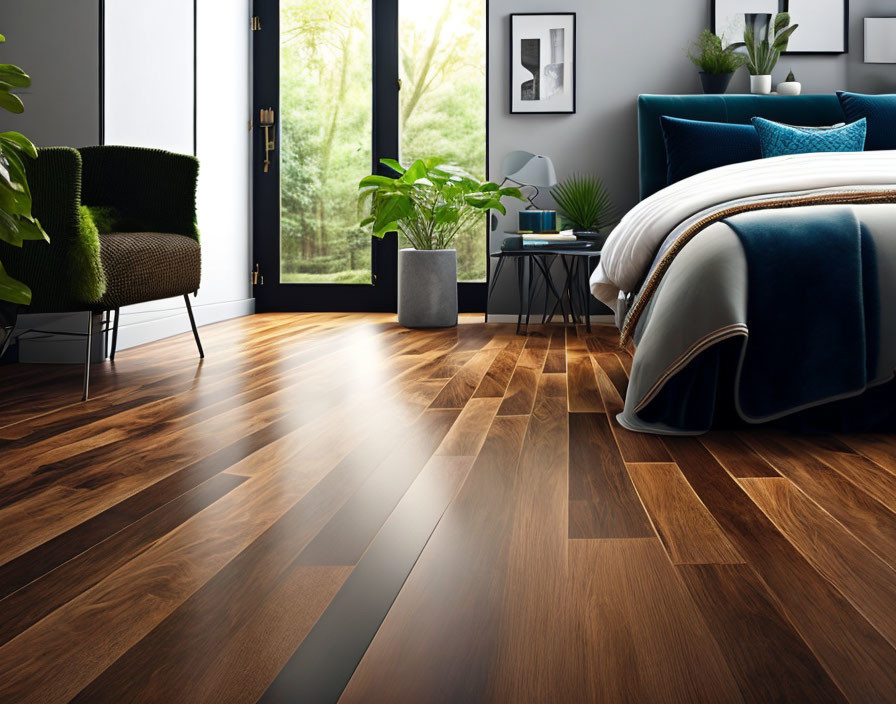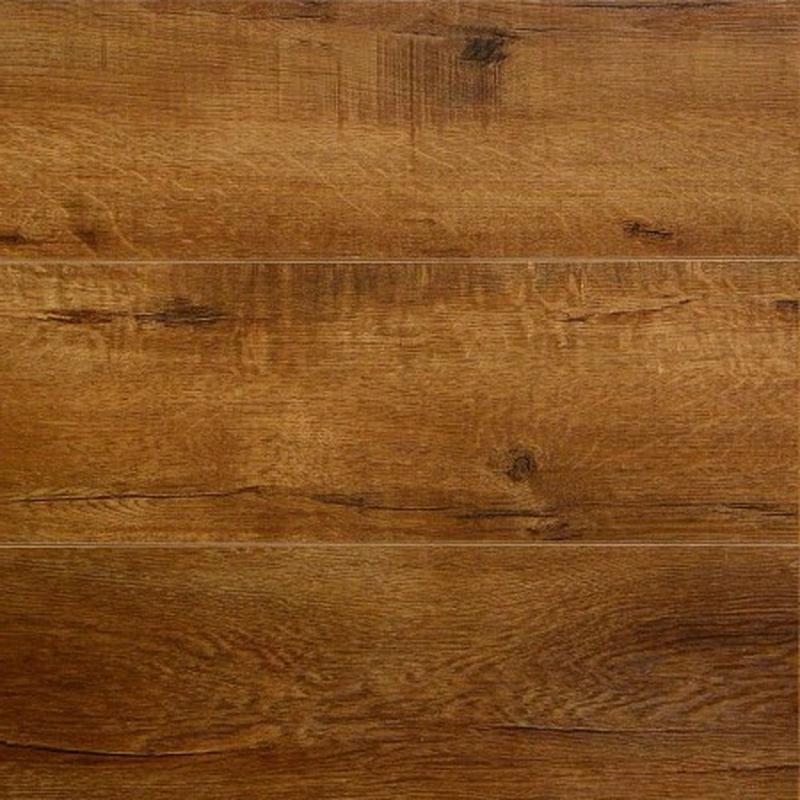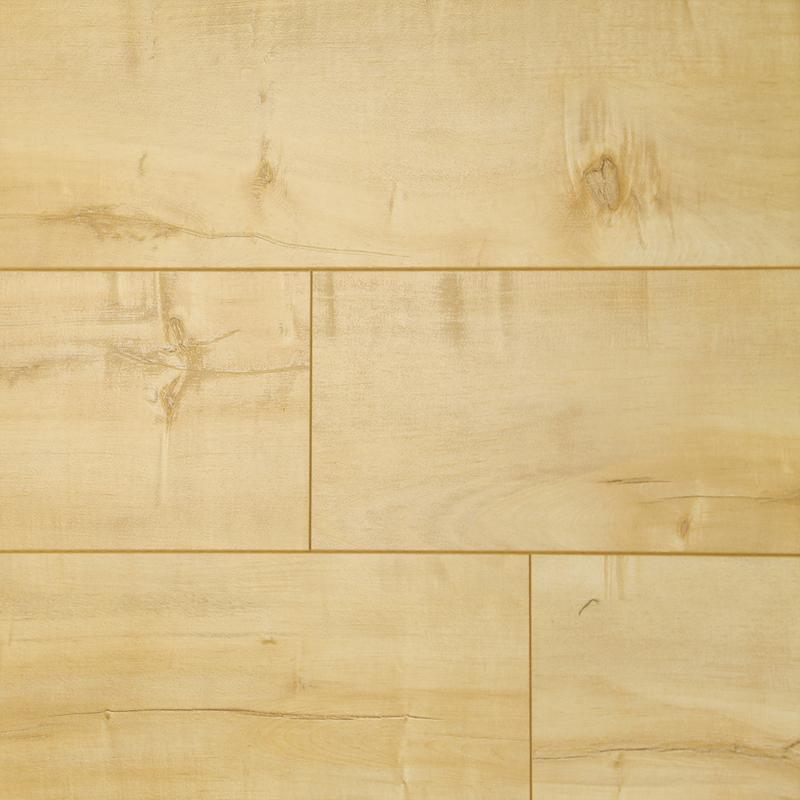If you’re looking to make your home more sustainable, one of the best places to start is with your flooring. Choosing Eco-Friendly Flooring options can help reduce your carbon footprint, improve indoor air quality, and support sustainable materials. In this post, we’ll cover some of the top eco-friendly flooring options available and offer tips for choosing the right one for your home.
Benefits of Eco-Friendly Flooring
First, let’s look at some of the benefits of eco-friendly flooring. One of the biggest advantages is that it’s better for the environment. Many eco-friendly flooring options are made from renewable resources or recycled materials, which helps reduce the amount of waste that goes into landfills. Additionally, some options require fewer chemicals during the manufacturing process, which can also be better for the environment.
Another benefit of eco-friendly flooring is that it’s often better for your health. Traditional flooring materials can emit harmful volatile organic compounds (VOCs) into the air, which can lead to respiratory problems and other health issues. Eco-friendly options, on the other hand, tend to have lower VOC emissions and are often made with natural materials that are less likely to cause health problems.
Types of Eco-Friendly Flooring
There are many different types of eco friendly flooring options to choose from. Here are a few of the most popular:
Bamboo flooring – Bamboo is a fast-growing, renewable resource that makes for a durable and attractive flooring option.
Cork flooring – Cork is a sustainable material that’s naturally resistant to mold, mildew, and insects. It also has a unique texture and comes in a variety of colors and patterns.
Linoleum flooring – Linoleum is made from natural materials like linseed oil, cork dust, and wood flour. It’s durable, easy to clean, and comes in a wide range of colors and patterns.
Recycled-content tile – Tile made from recycled glass or ceramic is a sustainable option that’s also very durable.
Reclaimed wood flooring – Reclaimed wood is salvaged from old buildings or other sources and can be used to create unique and rustic flooring options.
Wool carpet – Wool is a renewable resource that’s naturally fire-resistant and can help regulate indoor temperature and humidity.
Choosing the Right Eco-Friendly Flooring for Your Home
When choosing an eco-friendly flooring option, there are several factors to consider. First, you’ll want to think about your budget and how much you’re willing to spend. Some options, like bamboo and cork, can be more affordable than others, like reclaimed wood.
You’ll also want to consider your household needs and lifestyle. If you have pets or young children, for example, you may want a flooring option that’s durable and easy to clean. If you live in a humid climate, you may want a flooring option that’s resistant to moisture.
Finally, you’ll want to think about the level of maintenance required for each option. Some options, like tile and linoleum, are relatively easy to clean and maintain, while others, like wood and carpet, may require more upkeep.
Installing Eco-Friendly Flooring
Proper installation is important for any type of flooring, but it’s especially crucial for eco-friendly options. You’ll want to make sure you choose a reputable installer who has experience with the type of flooring you’ve chosen. During the installation process, it’s important to follow the manufacturer’s instructions and take steps to minimize waste.
Conclusion
In conclusion, choosing eco-friendly flooring options is a great way to make your home more sustainable. By considering factors like cost, durability, and maintenance, you can choose an option that works best for your household and lifestyle. With so many options available, there’s sure to be an eco-friendly flooring option that fits your needs and preferences.
In addition to choosing eco friendly flooring, there are other steps you can take to make your home more sustainable. These include reducing your energy usage, conserving water, and reducing waste. By making small changes around your home, you can help protect the environment and create a more sustainable future for generations to come.
We hope this post has been helpful in providing information on eco-friendly flooring options. If you have any questions or comments, please feel free to leave them below. Thank you for reading!







